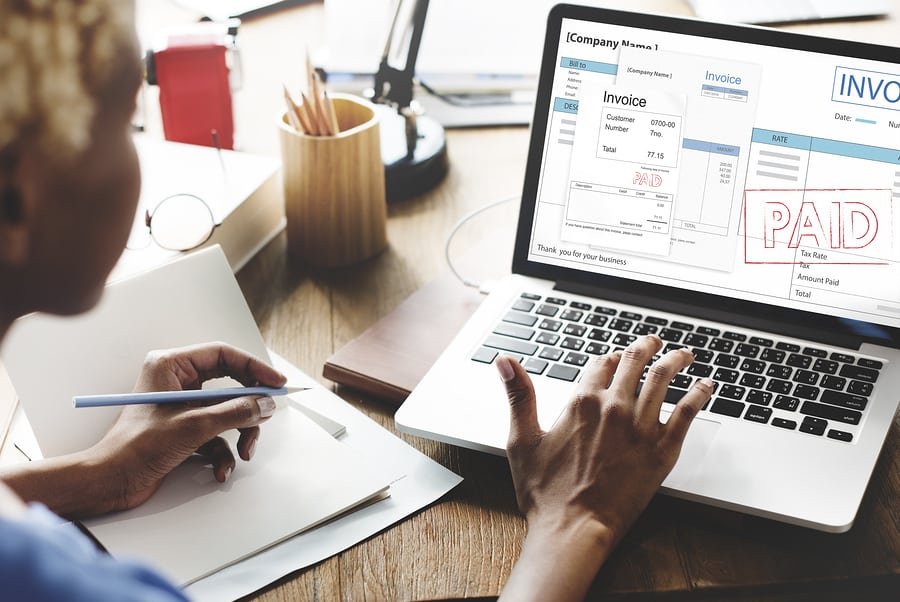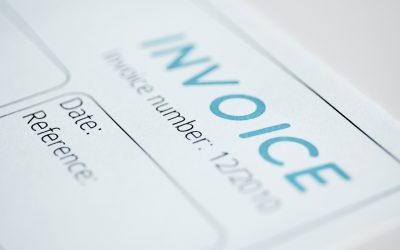What is Invoice Factoring?
Simply put, invoice factoring is a great way for small businesses to get funds. While it may be somewhat more complicated than applying for loans, it offers great benefits when applied successfully and your clients pay on time. For one thing, invoice factoring rates are a lot more affordable in the long run than rates charged in business loans. You can have a better cash flow and a more immediate access to cash when you sell outstanding invoices due in one to three months to a factoring company. This kind of financing is available to businesses that provide services to other businesses or to the government.
Factoring companies usually make two payments: an advance equivalent to 80% of the amount in the invoice, and the rest is paid after the invoice is paid (minus the invoice factoring costs the company charges). Basically, factors lend money on the basis of the high likelihood that your customers will pay the invoices. When you let your customers have the option of paying for your services at a later date, there’s an increased chance of customer loyalty and satisfaction. However, this can adversely affect your cash flow. Thus, factoring companies help you deal with cash flow issues while keeping your customers loyal and happy.
The Four Steps of Invoice Factoring
Commonly, there are four basic things that you need to do in invoice factoring. The first, of course, is submitting an invoice to a factor. The factor will then determine your eligibility for financing and will also determine if your customers are good or bad credit risks. The success of your submission depends on this information about your business and your customers. Once your submission is approved, you and the factor will sign a financing agreement that sets the maximum amount you can borrow.
The second step is receiving the advance rate (determined by the company’s invoice factoring rates), which can range from 70% to 90% of the invoice you submitted. The factor at this point may also send a notice of assignment to the customers whose invoices you’ve submitted. This notice informs your customers that all their payments for all invoices will be received by the factor. You will still receive payment from any invoice that you have not factored, as the factor is bound to send it to you. The third step is basically your customers paying the factor within the time frame specified in the invoice.
For the last step, you’ll receive the rest of the amount on the invoice, minus the invoice factoring costs and fees charged by the invoice factoring services.
Is Invoice Factoring the Right Choice for You?
We’ve touched on eligibility for financing before, so let’s touch on that more. To qualify for financing, you must be a B2B (business-to-business) or B2G (business-to-government business). Your customers must also possess good credit. You must only issue invoices that are due in a maximum of 90 days. There might be other requirements depending on the invoice factoring service company you choose, but these are the basic qualifications.
Though you may qualify, is it the right choice for you? Factoring is largely flexible—if you do it once, it doesn’t mean that you have to do it again unless you choose or need to. It’s also a quicker way to get your hands on actual cash, which can solve cash flow problems you might be having. Invoice factoring costs are also lower than the interest rates offered by other lenders and merchant cash advances. Plus, it is somewhat easier to qualify for especially when you have good clients who pay on time, and some factors don’t even look at your personal credit score.
Before you choose a factoring company, though, be sure to look over their terms and take the time to consider them. Some factors may set a minimum dollar amount of invoices every month or high invoice factoring rates. Some may have hidden fees that you have to watch out for.
Costs and Payments
How much does invoice factoring usually cost? Invoice factoring costs depends on the discount rate offered by the factor, which can start at 1% of the value of the invoice. This discount rate is one of the fees that will be subtracted from the second payment you receive from the factor.
Suppose that Company A fulfilled a $50,000 order from its Customer Y. Company A generates a $50,000 bill which is sent to both the factor and customer Y. The factor verifies with Y in 24 hours to see if the work was properly completed. After the verification, the factor advances Company A $45,000 at 90 percent of gross value of the invoice. The factor then waits for Y to make full payment of the invoice. When the factor receives the payment of $50,000 from Y, it then deducts $500 as fee at 1 percent and releases 4 percent reserve back to Company A.
Choosing the Best Factoring Company
There are hundreds of factoring companies across the country. While they all offer the same basic services, they vary widely in other respects. They may offer other special services and differing invoice factoring rates. It helps to do your due diligence on the different factoring companies in your area before making a final choice.
Primarily, you should choose from a selection of invoice factoring services with a good reputation and are deemed to be trustworthy. You can check their credit history or ask friends and colleagues about them. The factoring companies you consider should already have a considerable client list, which indicates experience in the business. If you can, make a few calls to these clients and ask them about their experiences with the factoring companies you’re considering. Most importantly, make sure that the company you choose offers competitive rates, great terms, and reasonable fees for invoice factoring.
Learn more about Invoice Factoring on our blog!
Accounts Receivable Factoring – How Does It Work?
Want to know how account receivable factoring works? Learn all about it here.
Manufacturing Industry Factoring
Many manufacturing firms are turning to manufacturing invoice factoring companies that can assist them in their financials. Find out all about manufacturing industry factoring here!
How Factoring Can Boost Your Small Business?
Majority of the startups and small business owners offer generous credit policies to attract and grow their client base. Though this is a proven technique to build client base but is this always a winning strategy? Not so much! Did you know that 25 percent of the...






Recent Comments